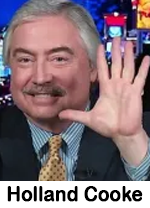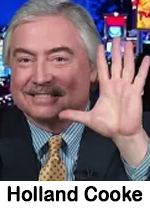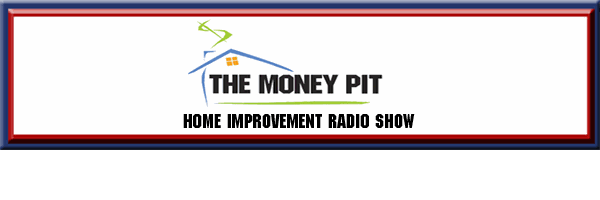Monday Memo: AI Collaboration
By Holland Cooke
Consultant
 News people I coach reckon that my epitaph will read: “Consequence, not Process.”
News people I coach reckon that my epitaph will read: “Consequence, not Process.”
Too often, news copy – while factually correct – is arcane minutes-of-the-meeting stuff, rather than emphasizing impact on the listener’s routine.
Process: “The Transit board revised its fare structure.”
Consequence: “Riding the bus will cost 50 cents more starting Monday.”
Process: “The district reallocated Title I funds.”
Consequence: “Some after-school programs could be cut.”
Process: “The committee advanced a bill on short-term rentals.”
Consequence: “Airbnb hosts may soon face new rules – and fees.”
Process: “The planning board approved a variance…”
Consequence: “Construction can now begin on that apartment complex near the campus.”
Unwrap the package. To illustrate, here’s a video I am playing in client stations’ conference rooms – and it’s a dang clinic in impactful local news reporting.
The back-story: If I say “Hasbro,” you might think Monopoly, Scrabble, Mr. Potato Head, Play-Doh, G.I. Joe, and Transformers. Eventually it added Star Wars and Marvel action figures to its repertoire. Hasbro became a major player in video games, TV, and movies. This 100-plus-year-old company has outgrown its Rhode Island roots and announced it is moving to Boston. In any-size state – let alone the smallest – losing 700-plus jobs hurts.
Here’s the video: https://getonthenet.com/Hasbro.MP4
After playing that, I sometimes hear “But TV has more manpower than a radio station.” Yes and no.
Management confirmed to me that this reporter was in MMJ mode that day, meaning “Multi-Media Journalist.” Translation: She worked alone, no videographer, no producer. Praising her work when I requested the video, I was told that “she did a great job executing what we brainstormed in the morning meeting.”
And THAT’S the advantage TV has over most radio news operations: There is more than one person in the newsroom to have that meeting. We’re radio people. We think aloud. But with whom, when you alone, ARE the news department?
Have that collaborative conversation with ChatGPT or MS Copilot. Brainstorm story angles and interview prospects and questions. At client stations, we have asked – and AI apps delivered – actual coverage timelines. Try it. The interaction feels surprisingly human – like having a sharp, tireless producer who’s always ready to riff, reframe, and help you make it matter.
Holland Cooke (HollandCooke.com) is a consultant working the intersection of broadcasting and the Internet. Follow HC on Twitter @HollandCooke and connect on LinkedIn




 If you’re a news/talk station, don’t assume that you own “news radio” in your market. Imaging is important, but it merely talks-the-talk. You walk-the-walk with local news copy that delivers what solid commercial copy does: benefits. Just doing local news makes you special. But do listeners simply hear a station voice… reading something? Are you merely… accurate? Or do you deliver “take-home pay,” unwrapping the story to tell the listener something useful?
If you’re a news/talk station, don’t assume that you own “news radio” in your market. Imaging is important, but it merely talks-the-talk. You walk-the-walk with local news copy that delivers what solid commercial copy does: benefits. Just doing local news makes you special. But do listeners simply hear a station voice… reading something? Are you merely… accurate? Or do you deliver “take-home pay,” unwrapping the story to tell the listener something useful?
 Here’s actual news copy, from Joe Connolly’s business report one morning on WCBS, NY: “One third of all domestic flights are now late, by an average of one hour.”
Here’s actual news copy, from Joe Connolly’s business report one morning on WCBS, NY: “One third of all domestic flights are now late, by an average of one hour.”